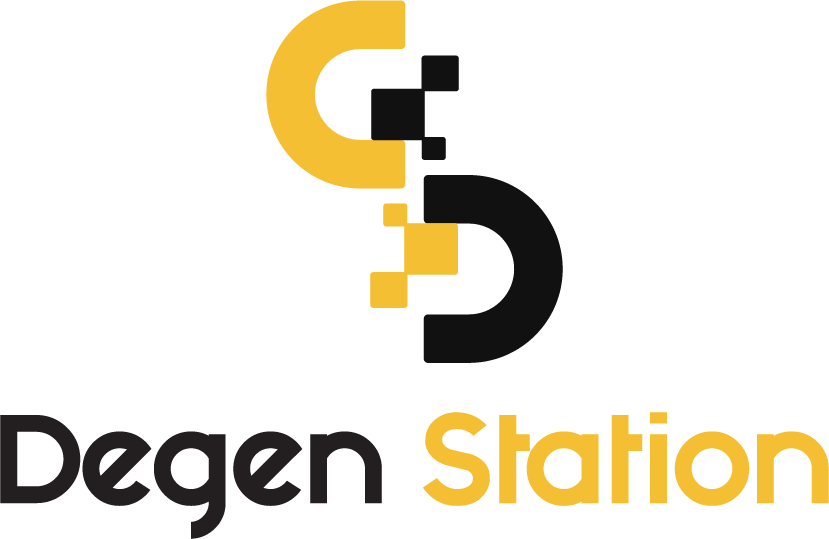Polkadot Proposes Changing Parachain Auction Mechanism to Core Fragments

Gavin Wood, the founder of Polkadot, has recently proposed a plan known as Polkadot 2.0, aiming to comprehensively change the network's mechanism, specifically the operation of Parachain auctions.

Polkadot Proposes Changing Parachain Auction Mechanism to Core Fragments
During the Decoded conference in June, founder Gavin Wood shared insights into the challenges of building the network:
"When you actually get down to building things, you find that the engineering is a little different from your initial plans," Gavin Wood stated.
Previously, Wood stepped down as CEO of Parity Technologies (the entity behind Polkadot's development support) to focus more on technical roles.
Polkadot was developed collaboratively by the Web3 Foundation and Parity starting in May 2020. However, the network officially began deploying the Parachain auction mechanism in November 2021.
Despite this, the Parachain auction mechanism faced some limitations amid market fluctuations. Projects seeking Parachain deployment slots must lock a specific amount of DOT (this funding can be sourced from project supporters). The first successful project, Acala Network, auctioned a total of 32 million DOT (equivalent to $1.3 billion USD on November 18, 2021).
However, following market downturns, the 21st-ranked Parachain project, Darwinia Network, required only 9,900 DOT (or $55,000 USD at the successful auction).
At the Decoded event, Gavin Wood described Polkadot as "a multicore computer". Under the vision of Polkadot 2.0, there will be some changes in the concept.
"What we're building isn't chains; instead, it's a space. These are foundational resources for other chains to leverage and build their systems," Wood explained.
Wood believes that the Parachain auction mechanism is a significant barrier and lacks flexibility. Therefore, a new concept called "core fragments" has been proposed, allowing projects to handle verification based on real-time and on-demand needs.
These real-time and on-demand verification services will be symbolized by NFTs. Wood believes that this mechanism will provide more flexibility for stakeholders to allocate computing power on Polkadot.
Rob Meier, co-founder of Polkadot, also shared his personal thoughts on the Polkadot 2.0 proposal:
"In Web2 and traditional computing standards, we've seen how this operates. Users can participate, create branch projects, and communities can easily access them. It would be fantastic if this infrastructure could be integrated and support application development on top."
Unlike deploying smart contracts on Ethereum, successfully plugging and operating a Parachain on Polkadot is highly complex. Besides economic challenges in the auction process, chains must also consider "uptime" - the network's available time.
Gavin Wood explained that the "Core" approach will orient the project more like an application rather than a chain. Additionally, the process of deploying smart contracts can be attached to Cores.
This new approach somewhat resembles the Parathread mechanism (a previous Polkadot product), where verification is also divided into specific and on-demand time intervals. However, standardizing these into NFTs poses compatibility challenges and reduces barriers for the Polkadot 2.0 project, as numerous





